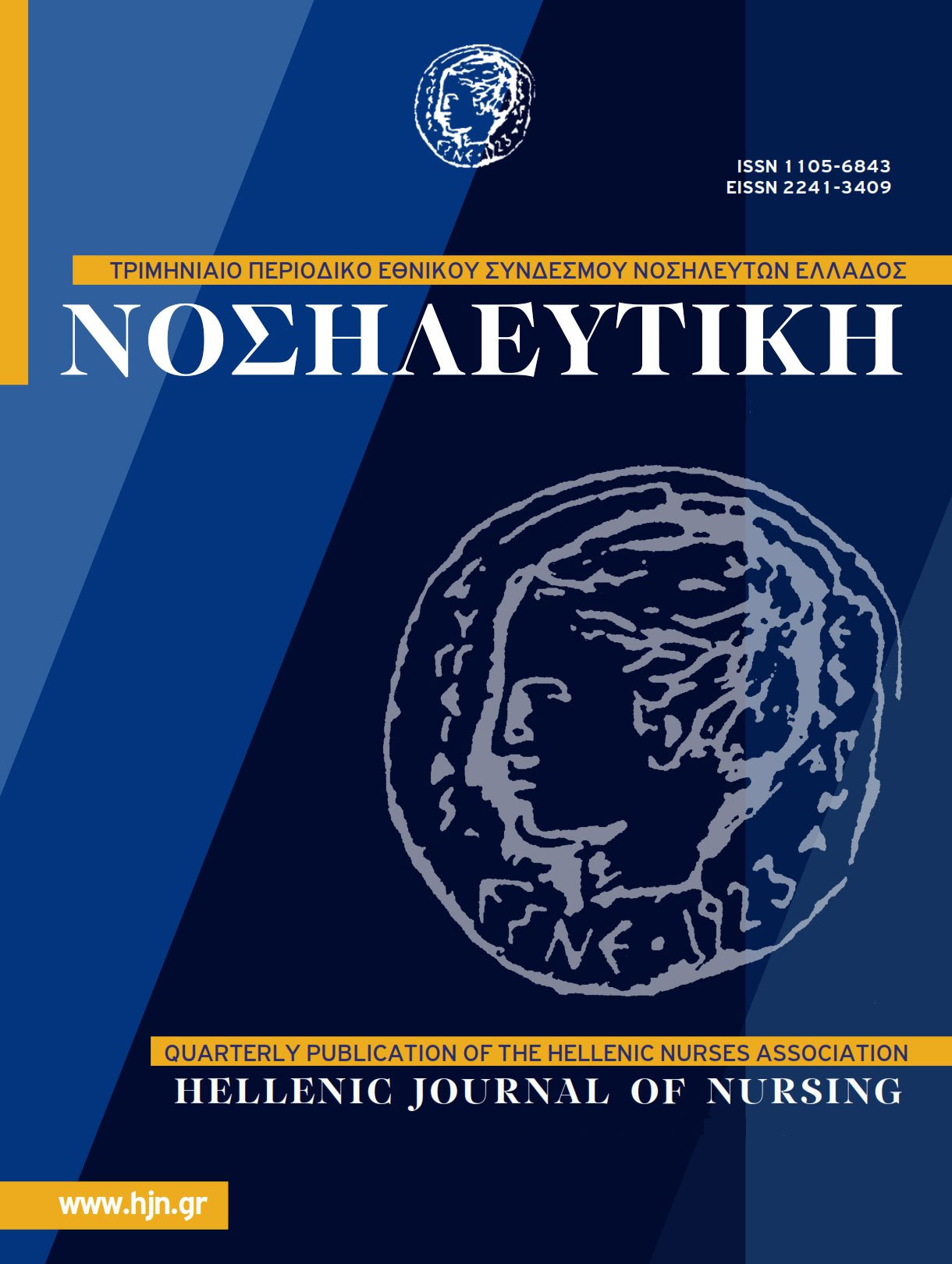Information behavior and information health literacy of users of primary health care facilities
Abstract
Introduction: In the field of health, the relationship between patients and health professionals is influenced by the
increasing ability of the patient to be informed about health issues from a large number of sources and especially
through the use of the internet. The level of information literacy and the information behavior of patients are a
key factor in this therapeutic relationship. Aim: To investigate the informative behavior and the health information
literacy of Primary Structures of Health Services in Attica, as well as the relationship between the two variables,
taking into account the demographic characteristics among users. Material and Method: Empirical investigation
of the information behavior and health information literacy of the patients who visited the Spata Health Center
Regular outpatient Neurological Clinic was conducted through the provision of specially designed questionnaire.
The survey was attended by 102 participants who met specific criteria. The survey was conducted anonymously,
and all ethical and ethical principles were respected in the survey. The bilateral level of statistical significance was
set equal to 0.05. Data analysis was performed with IBM SPSS 21.0 (Statistical Package for Social Sciences. Results:
The level of information health literacy and the skills of the participants in finding and utilizing health information
is low while most participants have not understood the importance and necessity of proper information behavior
in seeking medical information. These specific low results are related to the growing age, the existence of chronic
disease, the low educational level and the poor financial situation of the participants. General health information
is most frequently sought from the participants under 35 and 46-55 years of age (p=0.011), those living with their
parents or with a roommate (p=0.010), those with post-secondary education (p=0.047), employed (p=0.028) and
participants without chronic disease (p<0.001), while the frequency of searching for general health information
increases as the economic level of the participants increases (p=0.006). Individual health information is requested
more often by participants under 35 years old and 46-55 years old (p=0.011), widowed (p=0.009), those with postsecondary education (p=0.048), employed (p<0.001) and participants without chronic disease (p<0.001) while
the frequency of searching for individual information increases as the financial level of the participants increases
(p=0.004). Participants <35 years of age (p=0.027), those who live with their parents or with a roommate but also
those who are single or live alone (p=0.001), those who have completed post-secondary education or are university
graduates (p=0.014), employees (p=0.034) and participants without chronic disease (p<0.001) show a greater ability
to search for information, while the ability to search for information increases as the economic level of the participants
increases (p=0.006). Conclusions: The creation of programs and upgraded information services for health service users in combination with the improvement of their informational education, will lead to the increase of their overall satisfaction and consequently to the improvement of the quality of the provided health services



